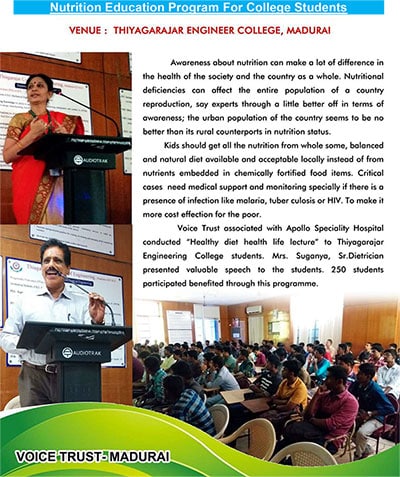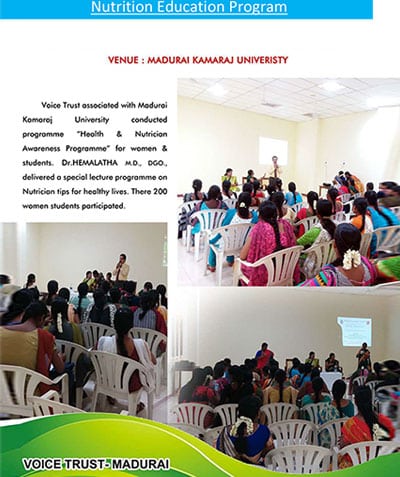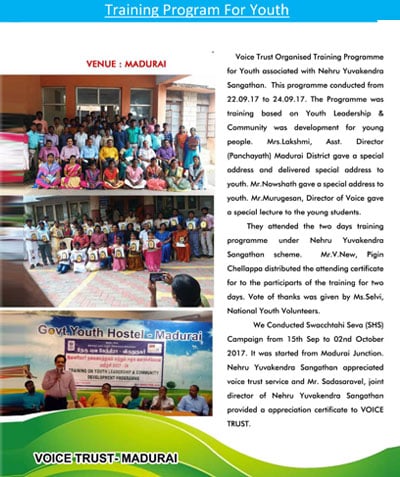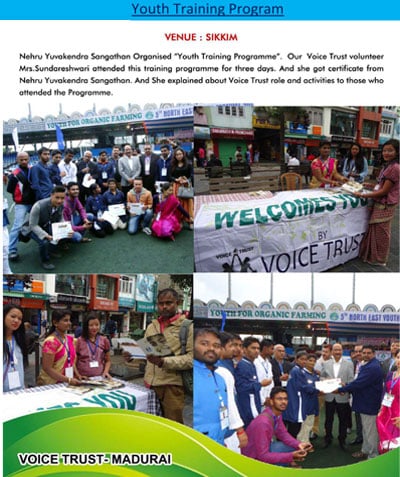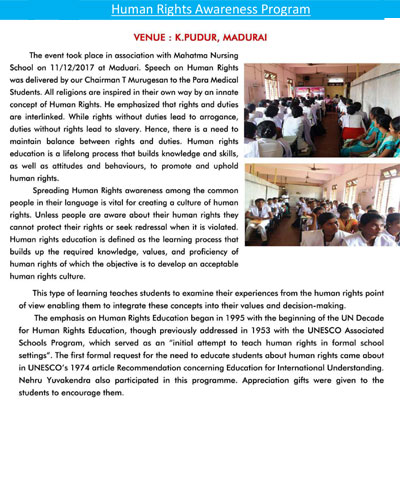Adolescent Health

Adolescence is the phase of life between childhood and adulthood, from ages 10 to 19. It is a unique stage of human development and an important time for laying the foundations of good health. Adolescents experience rapid physical, cognitive, and psychosocial growth. This affects how they feel, think, make decisions, and interact with the world around them. Despite being thought of as a healthy stage of life, there is significant death, illness, and injury in the adolescent years. Much of this is preventable or treatable. During this phase, adolescents establish patterns of behavior – for instance, related to diet, physical activity, substance use, and sexual activity – that can protect their health and the health of others around them, or put their health at risk now and in the future. To grow and develop in good health, adolescents need information, including age-appropriate comprehensive sexuality education; opportunities to develop life skills; health services that are acceptable, equitable, appropriate, and effective; and safe and supportive environments. They also need opportunities to meaningfully participate in the design and delivery of interventions to improve and maintain their health. Expanding such opportunities is key to responding to adolescents’ specific needs and rights.
Exams are important but worrying and panicking about them can be counterproductive, leaving young people unable to revise and prepare. It is vital that young people are supported by family, friends, and teachers during the exam period to help them do the best they can. A total of 800 students, 140 teachers, and 150 parents benefitted from this program.
There are 253 million adolescents in the age group 10-19 years in India. This age group comprises individuals in a transient phase of life requiring nutrition, education, counseling, and guidance to ensure their development into healthy adults. They are susceptible to several preventable and treatable health problems, like early & unintended pregnancy, unsafe sex leading to STI/HIV/AIDS, nutritional disorders like malnutrition, anemia & overweight, alcohol, tobacco, and drug abuse, mental health concerns, injuries &violence.
The government of India has recognized the importance of influencing the health-seeking behavior of adolescents. The health situation of this age group is a key determinant of India’s overall health, mortality, morbidity, and population growth scenario. Therefore, investments in adolescent reproductive and sexual health will yield dividends in terms of delaying the age at marriage, reducing the incidence of teenage pregnancy, meeting unmet contraception needs, reducing maternal mortality, reducing STI incidence, and reducing HIV prevalence. It will also help India realize its demographic dividends, as healthy adolescents, are an important resource for the economy.





